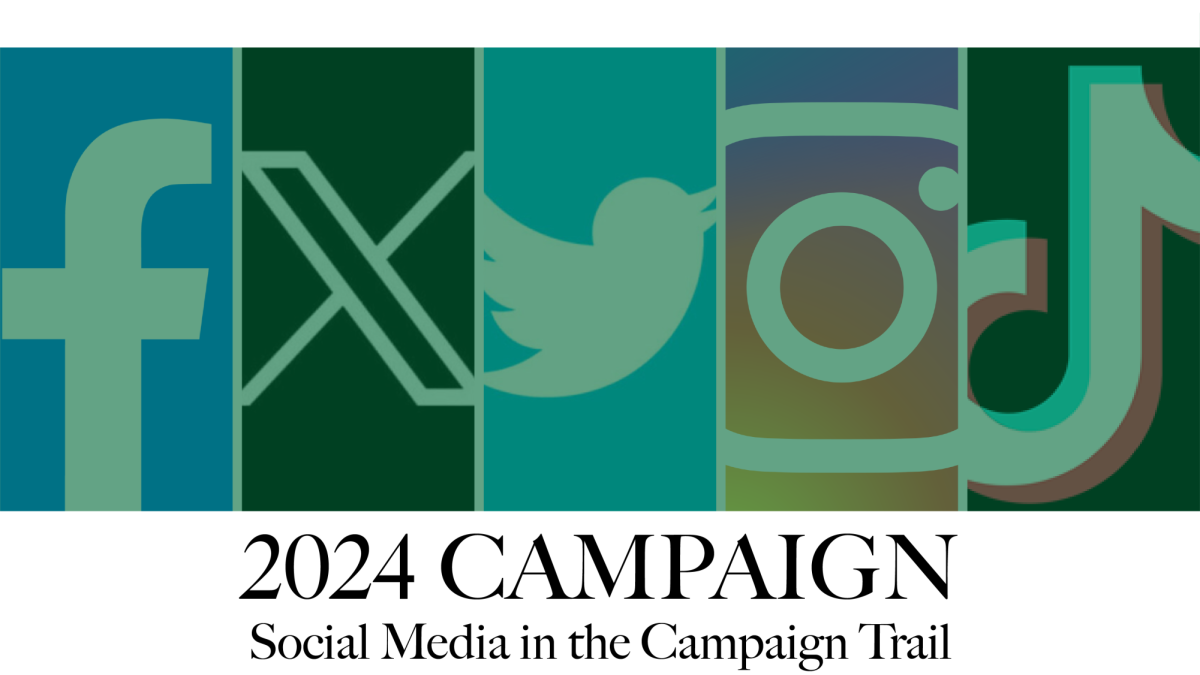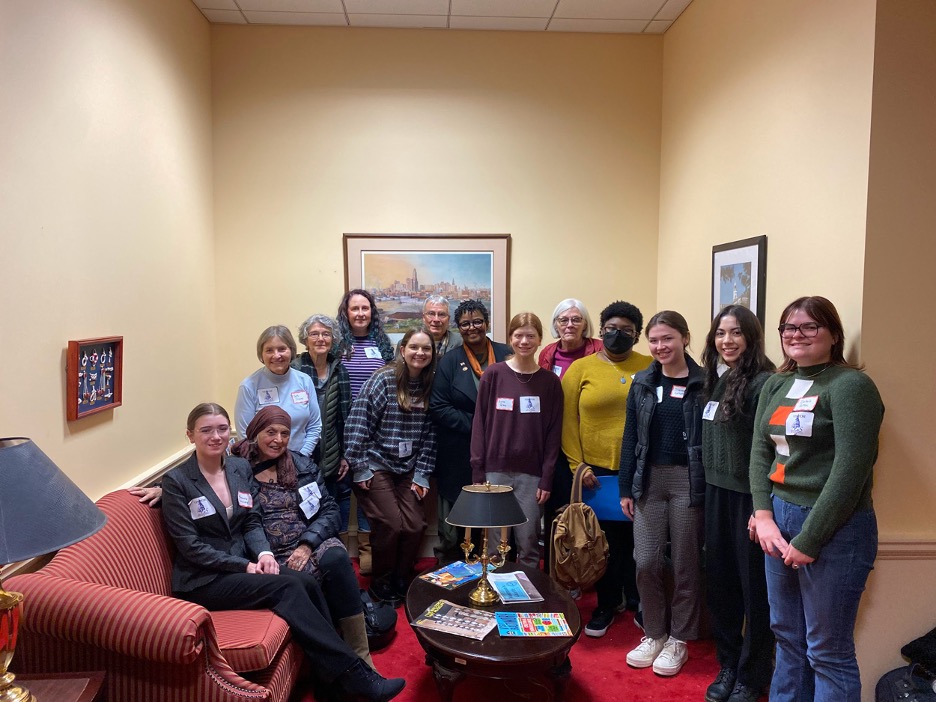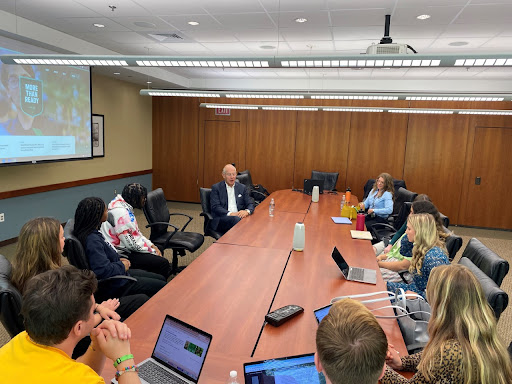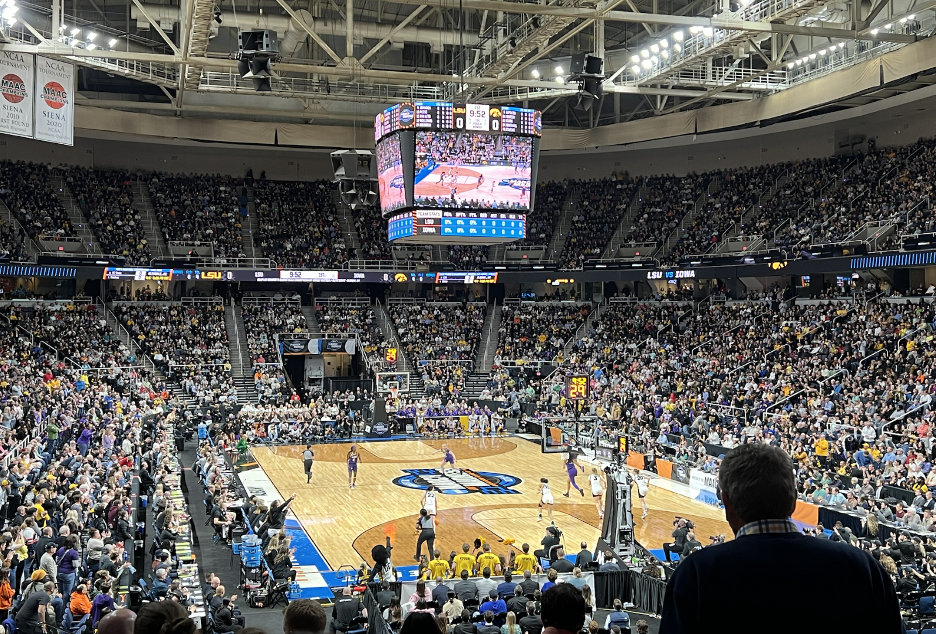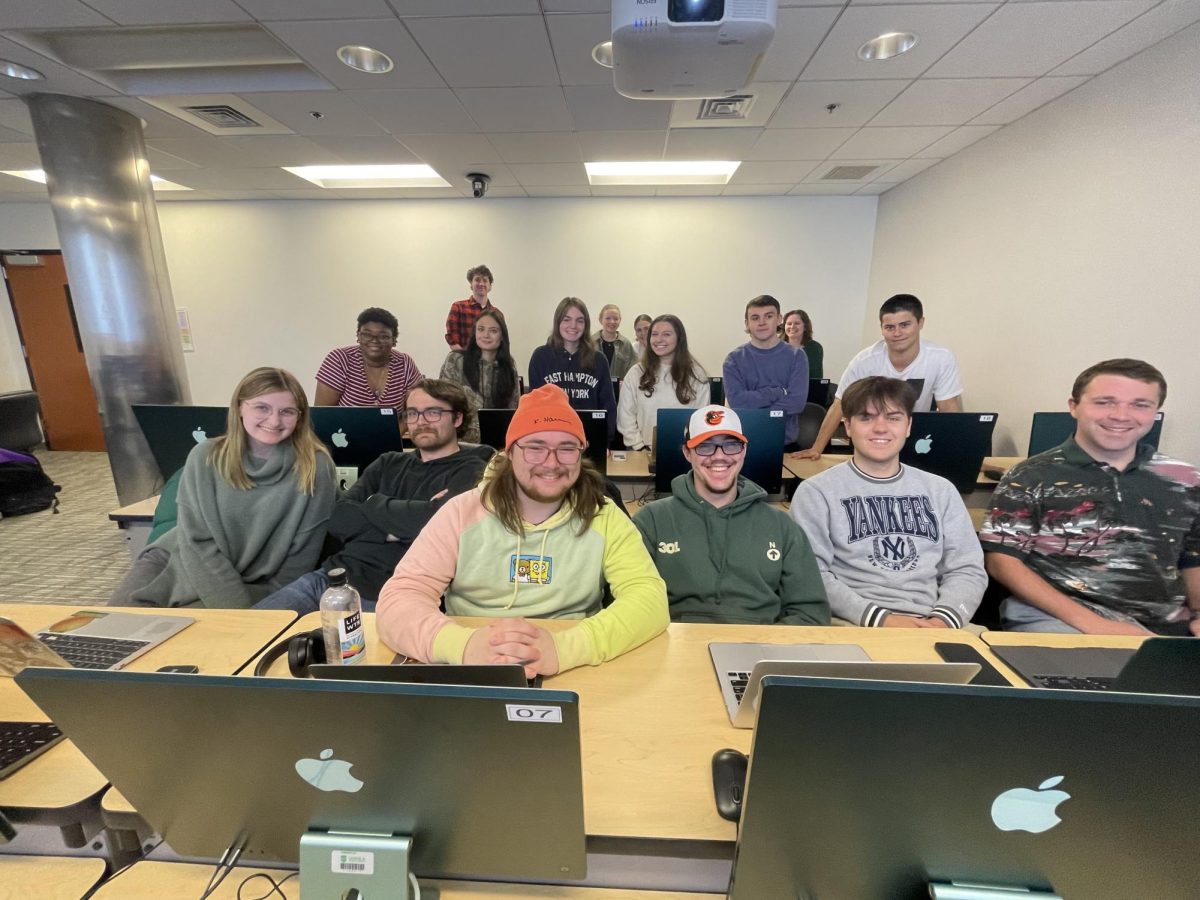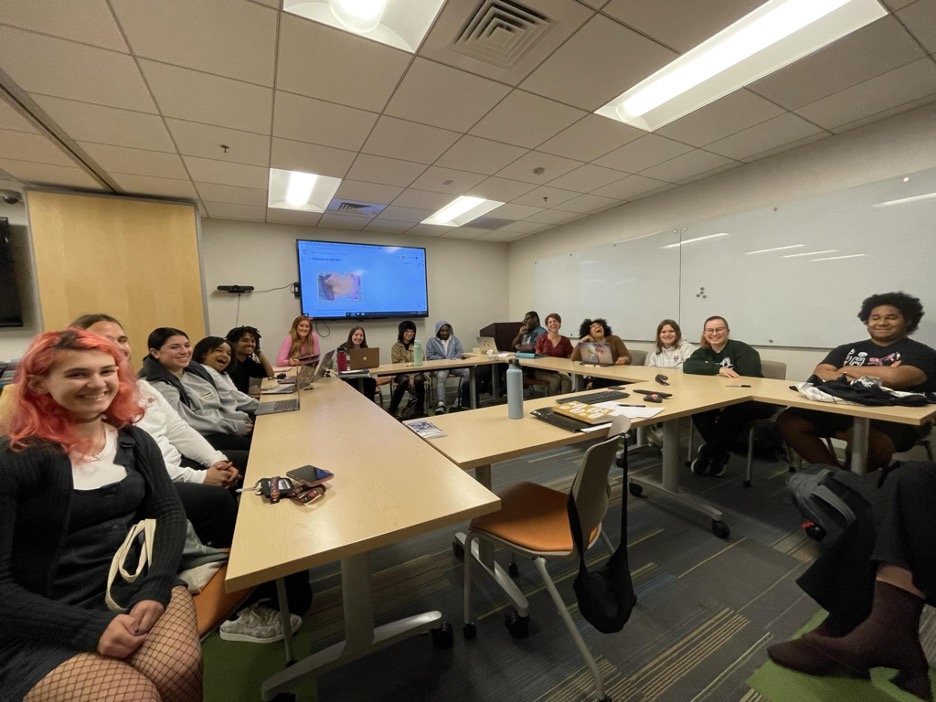Participation has always been a quarrel between students and teachers. Teachers believe it helps keep students engaged with their lesson plans, whereas students find it a nuisance on top of learning the material. With classes being moved online because of the COVID-19 pandemic, participation has become even more important to teachers. Calling on students randomly has become the norm for many online Zoom classes, but it can be more harmful than helpful from a student’s perspective.
Engaging in classes that were in-person prior to the pandemic, but abruptly went online, was easy. We knew the curriculum, made friends in class, and adjusted to the teacher’s style. In courses that started online with no in-person introduction, it became more difficult to understand a professor’s approach to the subject. Accessing a class solely through a computer screen limits the educational experience and stifles most interest that a student may have had, were the class in-person. Online classes are challenging to make friends in because of the cold and “professional” nature of a video call. In some discussion-based classes forced to go online, participation through a screen has become the forefront of learning.
Participation in-person was a given: you knew that you had to attempt and interact with your teacher or even the students around you to fulfill this need. Now with Zoom, participation is a different ballgame. To raise your hand, ask a question, or even communicate with a peer feels disruptive and almost rude. Personally, it feels like I’m interrupting a TedTalk. There is more pressure in a Zoom call to be correct because you are less comfortable with the people around you. Talking in front of a group of students that you do not or barely know while not reading facial expressions or social cues is why Zoom participation is much more stressful. Humans tend to need interaction to be able to understand and pick up signals from those around them, and Zoom has made those connections almost obsolete.
A lot of classes do not even require cameras on or to unmute throughout the course. While some students may enjoy this laid-back approach to college courses, it makes it impossible to facilitate the same energy an in-person class creates. I feel that this type of energy makes teachers feel the need to compensate for the students’ lack thereof. From the few classes I have had online, most of my teachers seem to think that by randomly calling on us, it works to keep us engaged, away from distractions, and more motivated to keep up with the material. On this topic, Brandon Brown ‘23 said:
“Being randomly called on to participate through Zoom only increases anxiety for students who believed they were safe within the comfort of their own home.”
From my perspective, and from talking to my peers, this can make students spend more time sitting in front of their screens trying to predict what the teacher will ask so they can have their answer ready, which does not help anyone remember the material.
In Zoom classrooms, it is a challenge to recreate the atmosphere of an in-person college class. Teachers are working hard to make sure their students understand the content and survive through these difficult times. Whether as a student you are at home, in a college dorm, or even an apartment, Zoom classes are not easy. In general, they are much harder to engage in and, subsequently, learn.
Featured Image courtesy of Chris Montgomery via Unsplash







